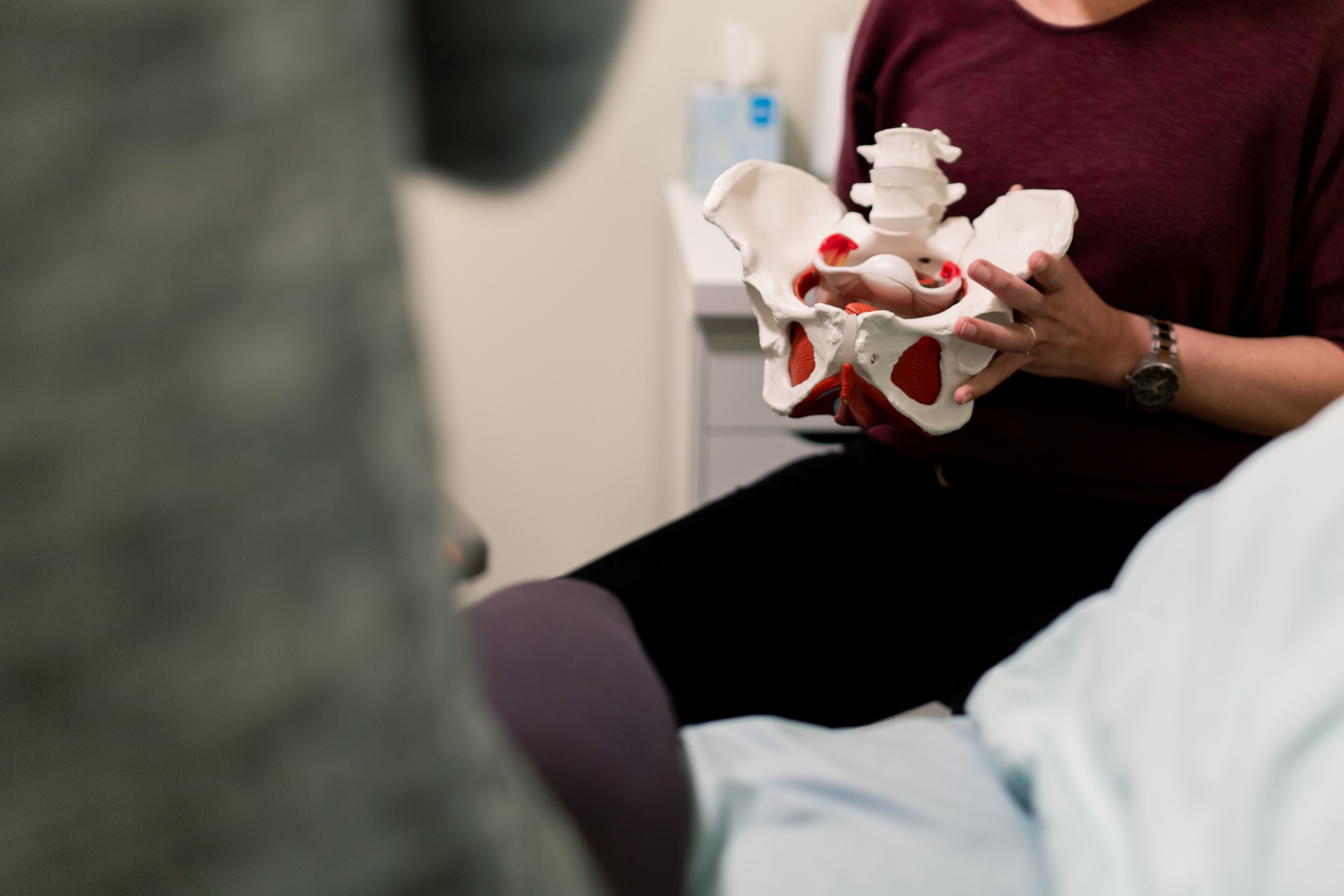Digital therapeutic device for urinary incontinence
In study findings published in Obstetrics & Gynecology, leva Pelvic Health System (Renovia) achieved significantly greater urinary incontinence symptom improvement than a standard home pelvic floor muscle training program at 6 and 12 months.
Adobe Stock/Kayla

The prescription leva Pelvic Health System (Renovia) is the first device to offer a digital therapeutic therapy for pelvic floor muscle training to improve symptoms of urinary incontinence and fecal incontinence.
In study findings published in Obstetrics & Gynecology, leva achieved significantly greater urinary incontinence symptom improvement than a standard home pelvic floor muscle training program at 6 and 12 months.
“Unlike biofeedback devices that provide information on pressure readings when placed into the vagina, leva uses accelerometers to provide visual information about muscle elevation and thus emphasizes the main action of the pelvic floor muscle contraction,” said principal coinvestigator, Milena M. Weinstein, MD, an associate professor of obstetrics, gynecology, and reproductive biology at Harvard Medical School. “The device also helps a woman track her progress, including monthly reports to the prescribing physician.”
The virtual trial was conducted from October 2020 to March 2021 among 363 women with stress urinary incontinence or stress-predominant mixed urinary incontinence. Participants were randomly assigned to either complete pelvic floor muscle training with leva (intervention group) or a standard home pelvic floor muscle training program (control group) for 8 weeks.
Of the 299 participants analyzed at 8 weeks, 95.7% returned 6- and 12-month data: 151 in the control group and 135 in the intervention group. Patients’ mean age was 51.9 years and mean body mass index was 31.8. Overall, 84.6% of participants were parous and 54.9% were postmenopausal.
The mean change in Urogenital Distress Inventory-6 Short Form (UDI-6) score from baseline to 6 and 12 months was significantly greater in the intervention group than in the control group: 20.2 vs 14.8 (P= .03) and 22.7 vs 15.9 (P= .01), respectively.
Participants in the intervention group were also more than twice as likely to report improvement on the Patient Global Impression of Improvement (PGI-I) scale than the control group (odds ratio,2.45; 95% CI, 1.49-4.00).
“This is the first trial of leva to show that its use is significantly better in improving symptoms of urinary incontinence than a home program with pelvic floor muscles exercises alone, such as Kegel exercises,” Weinstein told Contemporary OB/GYN®. “Doing those exercises for an initial period with results that last at least 1 year is something we did not previously know about any conservative, nonsurgical therapy.”
Pelvic floor physical therapy (PFPT) is currently used as a guided approach to pelvic floor muscle training. However, barriers to PFPT include a national shortage of trained therapists, patient time constraints to attend appointments, and embarrassment, as most visits require a pelvic exam.
“By contrast, leva offers a guided option for pelvic floor muscle training, without attending PFPT, that can be done in the comfort of home and takes only 5 minutes per day,” said Weinstein, who is also program director of the Female Pelvic Medicine and Reconstructive Surgery Fellowship at Massachusetts General Hospital in Boston.
But leva requires the use of a smart phone and knowing how to use it. Users also need to insert leva into the vagina during the exercises, “so women without a vaginal canal or those who feel uncomfortable or embarrassed may not be able to benefit, though the device is very small and comfortable for most women,” Weinstein said.
In addition, insurance coverage is not consistent for leva, which has a list price of $1200.
“Despite these potential hurdles, leva is an ideal way to get women started in first-line care for urinary incontinence that is both nonsurgical and nonpharmacologic,” Weinstein said. “The device is an easy and effective treatment.”
Leva was originally approved by the FDA in 2014, with the most recent clearance being for fecal incontinence in July 2022.
Disclosure
Weinstein is the author of a section on obstetric anal sphincter injuries in UpToDate.
Reference
Weinstein MM, Dunivan GC, Guaderrama NM, Richter HE. Digital therapeutic device for urinary incontinence: a longitudinal analysis at 6 and 12 months. Obstet Gynecol. 2023;141(1):199-206. doi:10.1097/AOG.0000000000005036

